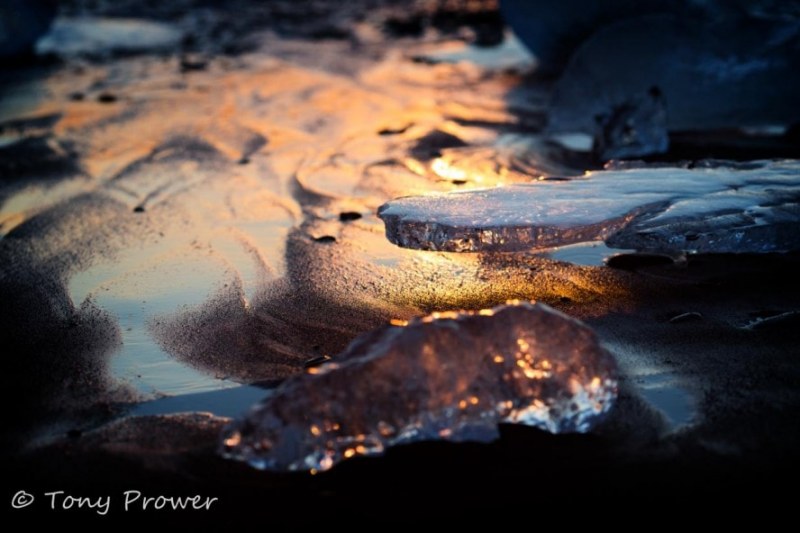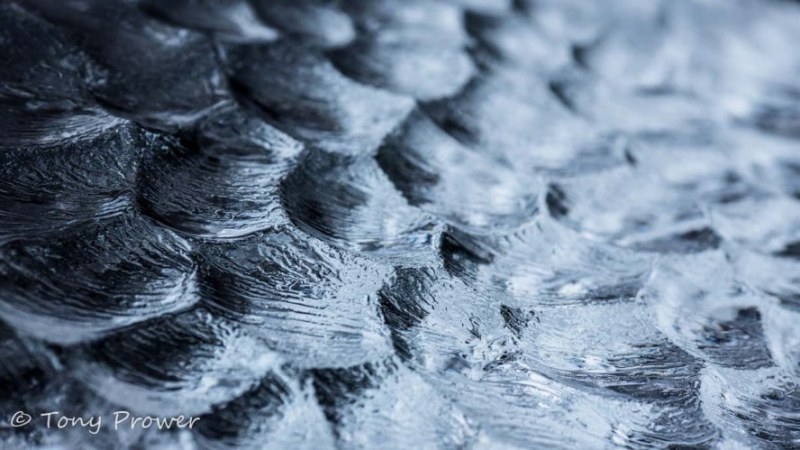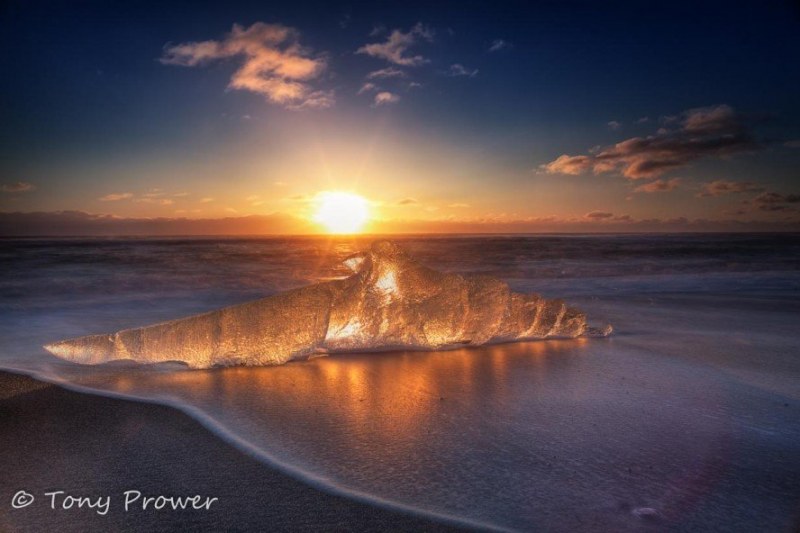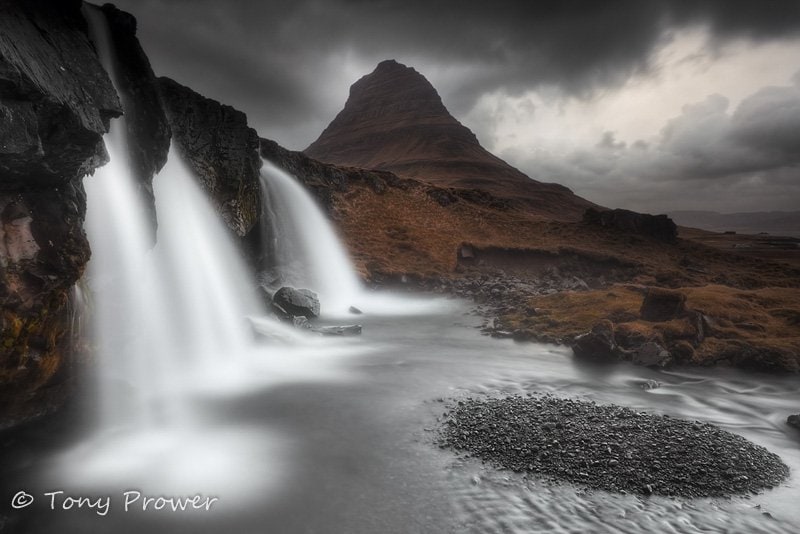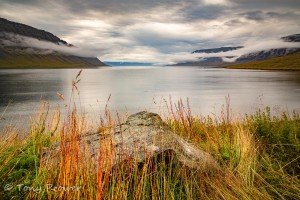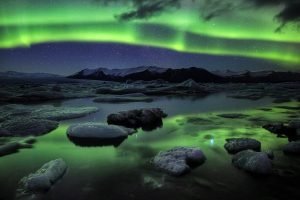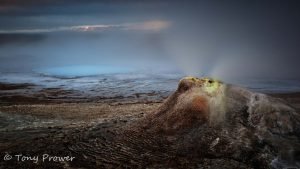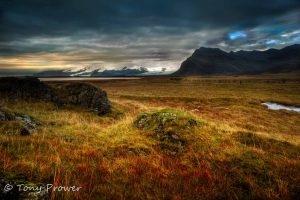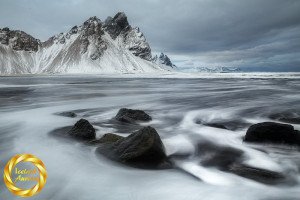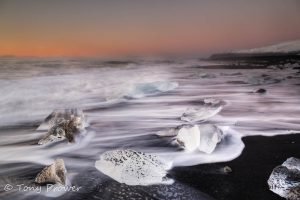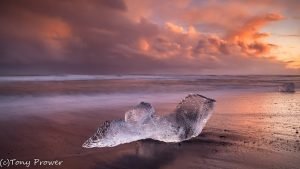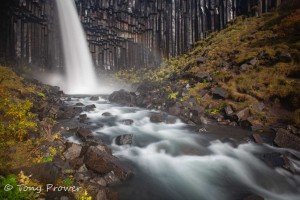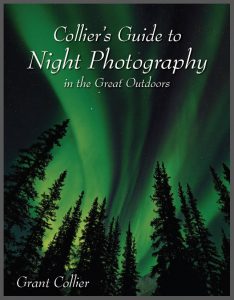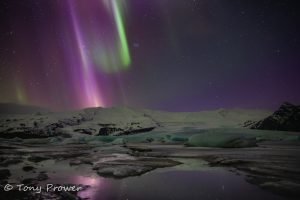The best laid plans go to waste.
On some rare occasions the elements which lead to a beautiful photograph are all there in front of you just waiting for you to press the shutter. I am talking about a straightforward, but effective composition, bags of interest throughout the scene. Perfect light, a balance between light and dark and an atmosphere. But what do we do for all the 99% of other times when the composition is not so straight forward, the light is terrible and things just wont balance?
“When the strong winds blow, some build a wall and some build a windmill.”
Private Northern Lights Tours
Turn your obstacles into features…
Landscape photography requires a lot of forward planning and preparation as well as time and financial commitment. The objective of this planning is that the photographer should be in the right place with the right conditions for the scene. Are the angles of light correct? Is the wind affecting the subject? Is the tide at the right height? Is the sky interesting enough?
When all these things don’t fall into place, we are faced with obstacles. You may decide to wait it out or turn around and go home. Or is there another choice? This post is all about being able to recognise some of the other opportunities which might be available to the landscape photographer if the intended shot isn’t on.
The first step is to open your mind to all possibilities. Your intended shot may not be on, but there is no real reason why you shouldn’t be able to match or improve on your intended shot.
Dullness
Over cast grey sky – this is a great opportunity to use nature’s light tent. Studio photographers go to great trouble to recreate this environment. The perfect diffusion of light means that objects have no shadows so colours can appear more vibrant in a photo. This is mostly because the scene can be thoroughly exposed without the extremes of light & shadow.
If the sky is grey and devoid of detail, just pay little or no attention to what is up there because the gold is on the ground.
Light is evenly distributed over the entire object. This is the perfect situation for capturing detail. Look around in your scene, is there anything which deserves getting intimate with?
Harsh light
Sometimes, especially when we are travelling, we don’t have the luxury of choosing the time we are at a scene. If the light is too harsh, you might want to try some close-up landscape shots.
Careful composition of a slice of the landscape can work in any light. That is not to say that you don’t have to be careful of the light, but the quality of the light is less important if the landscape has limited depth and no sky.
